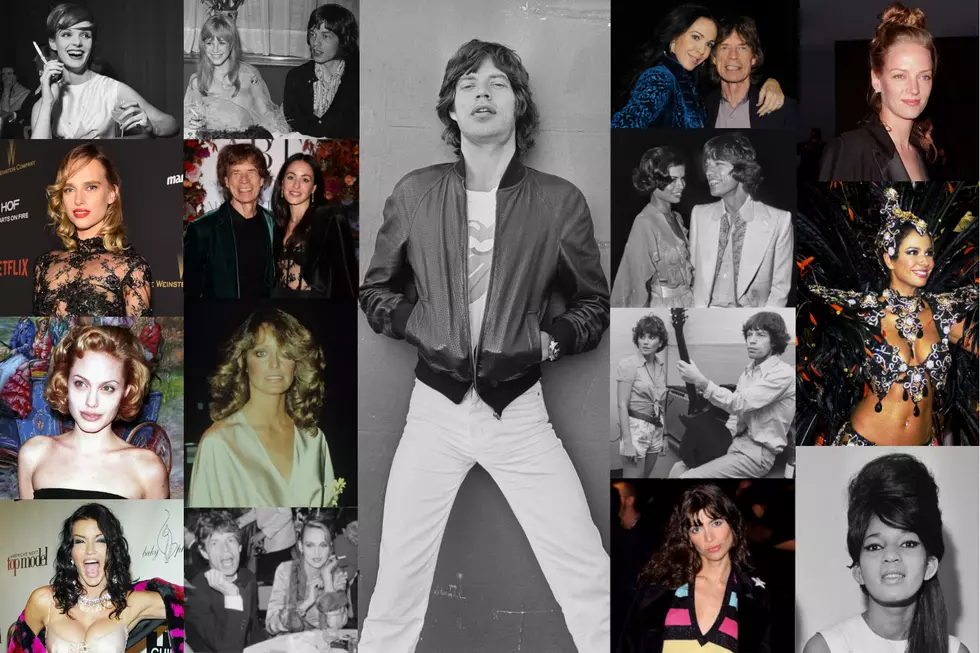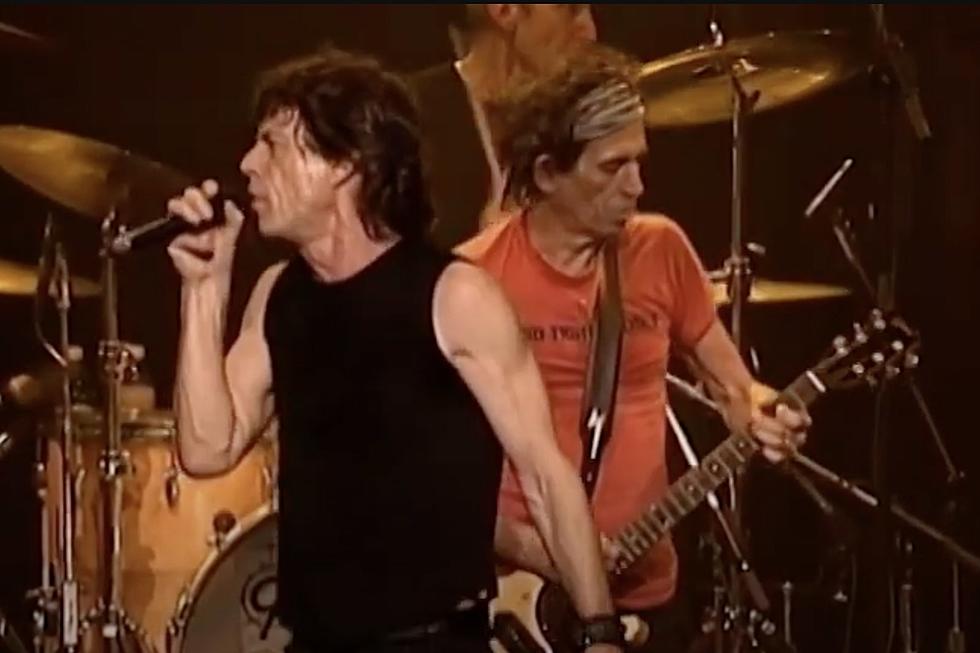
Rolling Stones ‘Charlie is My Darling’ Filmmakers Discuss Documentary’s Long Road to Release
Forty-seven years after it was filmed, the Rolling Stones' 1965 tour documentary 'Charlie is My Darling' is finally getting a full scale release courtesy of Abkco Films and filmmakers Mick Gochanour and Robin Klein. You can get an exclusive sneak peek at the film for the next 24 hours at charlieismydarling.com/sneakpeek.
The film, which arrives on Nov. 6, captures the moment just before the Stones became superstars, as 'Satisfaction' had just hit No. 1 on the charts. The group were filmed while on a 1965 tour of Ireland, but apart from a brief release the following year, the footage had remained in storage until now. We spoke to Gochanour and Klein about the massive amount of work that went into restoring and re-editing the film, and what they learned about the Rolling Stones during the process. You can get more information about 'Charlie is My Darling' at Abkco's official site.
When were you first aware of the original film?
The project started over a decade ago, tracking down the various elements from the director Peter Whitehead, producer Andrew Loog Oldham, Abkco’s archives, the Rolling Stones archives and various bootleggers. In reviewing all of the above, we discovered thousands of feet of unused outtakes, as well as a significant number of live performances which had never been used in the numerous bootleg versions that were previously available.
What drew you to this project?
We had been aware of the project since its inception in 1965. We tried to bring it to life in the '90s but the technology and time to sort through all materials just wasn't there yet. In 2012, with the advantage of new technology and 50 years of hindsight we thought it was worth taking a stab at it again. What began as a restoration piece turned in to an archeologist's expedition and resulted in a new piece of work. The advances in technology and the creative forces aligned enabling us to release the film as you see it today.
What were the creative and technical challenges involved with assembling the new cut of this film?
The technical challenges were enormous in assembling this new cut. We spent around 8 months just syncing the newly discovered footage. The first chore was to sync the picture to the audio. There was at least three times as much original 1/4" tape as there was picture. It was a meticulous, painstaking process of looking for clues: lip reading, a gesture, a tempo, words said on camera -- very painful, but it was necessary to see if we had enough picture to create performances -- and we did!!!!
The restoration of the picture was also a monumental task. There was significant damage -- over and under exposure, negative, work print -- some 90,000 frames that had to be hand-restored. Since we were dealing with positive and negative, we were dealing with both black and white lines, chemical damage that occurred during processing, and just sheer age. A lot of the film was brittle with age and required special treatment in order to be scanned at 2K. At the end of the day our goal was to get wildly different sourced and damaged footage up to respectable standards and to make it look like it was all part of the same film.
And the audio was equally as challenging, (coming from) many sources: ¼” nagra tapes, three track masters, optical audio from the film. Warpage and noise were a constant battle.
How involved were you with the packaging design for the deluxe edition?
Alisa Coleman and Brian Fitzpatrick conceived and designed the packaging. Researchers and fans helped us with the additional material -– posters, newspapers, etc.
What struck you most about the band's early years while looking back at this project?
A few things: How visceral and raw the band were live at that time. The first time we managed to sync the audio to Satisfaction was a revelation -- like seeing The Clash or Sex Pistols in '77. Up until that moment, the only sense we had of how the Stones were then came from TV: Hullabaloo, Shindig, Ready Steady Go. This was a whole different thing. It was very clear why the band became who they became. They had a real love and respect for each other and the music, and were having a great time. The film captures that moment before the band became the legend. Also, Mick's focus and maturity at 22 years old is quite remarkable and Keith speaking through his music.
For fans who have seen previous versions of the film, what new footage or scenes do you think will be most exciting to them?
The new version has over 60% of never-before-seen footage. We feel we have kept the authenticity and integrity of the original. The performances would be the biggest highlight. But seeing Mick & Keith composing 'Sitting on a Fence' is pretty incredible, as is seeing them singing Beatles songs, and goofing around with one another.
Explore the Contents of the 'Charlie is My Darling' Super Deluxe Box Set
More From Ultimate Classic Rock









